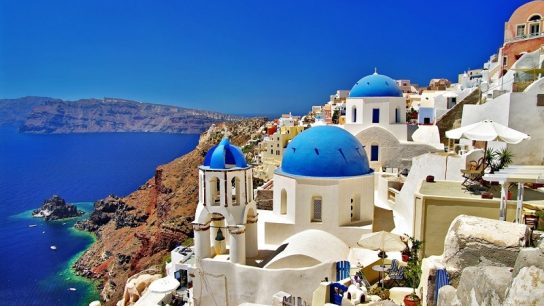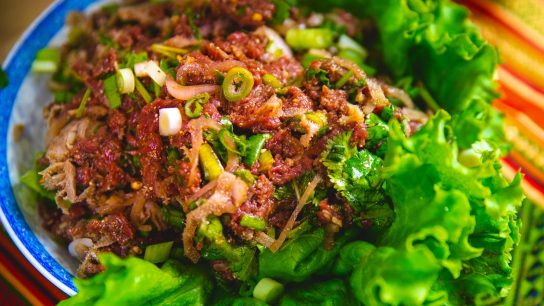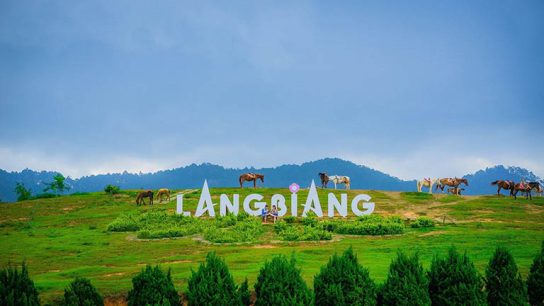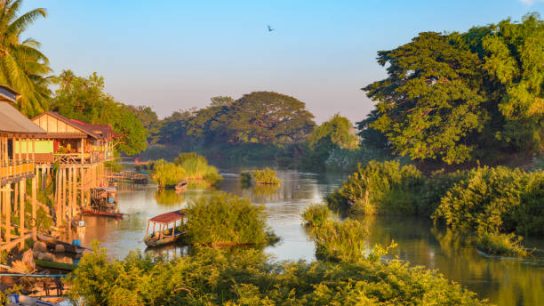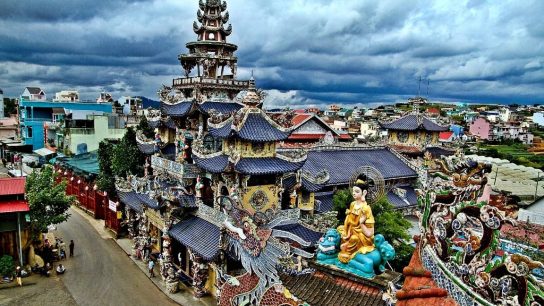Vietnam is a stunning and diverse country that attracts millions of visitors annually. However, if you plan to travel there, it’s crucial to understand the monsoon season and its impact on different regions. In this article, we’ll explain what the monsoon season entails, when and where it occurs, and what to expect in terms of weather and activities.
The Monsoon Season in Vietnam:
During the monsoon season in Vietnam, heavy rainfall and strong winds lash the country due to seasonal winds from the Indian Ocean and the South China Sea. The word “monsoon” derives from the Arabic term “mausim,” meaning “season.” It’s worth noting that the monsoon season is distinct from the general rainy season, which refers to any period of higher precipitation throughout the year.
Vietnam’s monsoon season can be divided into two types: the winter monsoon and the summer monsoon. The winter monsoon, also known as the northeast monsoon, mainly affects the northern and central regions of Vietnam from November to April. It brings cold and dry air from Siberia and China, resulting in low temperatures, fog, drizzle, and occasional mountain snow. Moreover, this monsoon engenders strong winds and rough seas in the Gulf of Tonkin and the East Sea.
Conversely, the summer monsoon, also called the southwest monsoon, mostly affects southern and central Vietnam from May to October. It brings warm and moist air from the Indian Ocean and the South China Sea, leading to high temperatures, humidity, and heavy rain. The summer monsoon also triggers thunderstorms, floods, landslides, and tropical cyclones in some areas.
Monsoon Season’s Impact on Different Regions of Vietnam:
Vietnam stretches over 1,000 miles (1,600 km) from north to south, encompassing a varied topography with mountains, plains, deltas, and coastlines. Consequently, the climate and weather in each region differ and are influenced by the monsoon season in distinct ways.
Northern Vietnam:

Northern Vietnam includes Hanoi, as well as popular destinations like Sapa, Ha Long Bay, Ninh Binh, and Mai Chau, along with the border provinces with China and Laos. Northern Vietnam experiences four distinct seasons: spring, summer, autumn, and winter.
The winter monsoon season lingers from November to March, marking the coldest and driest period. Average temperatures range from 50°F to 68°F (10°C to 20°C), but can dip below freezing in the highlands. January and February are particularly cloudy, foggy, and drizzly. The winter monsoon also brings strong winds and rough seas, making cruising less ideal in Ha Long Bay or Cat Ba Island.
The ensuing summer monsoon season prevails from May to September, constituting the hottest and wettest time of the year. Average temperatures range from 77°F to 95°F (25°C to 35°C), with some days exceeding 104°F (40°C). It is frequently sunny, humid, and rainy, especially in July and August. Additionally, the summer monsoon sparks thunderstorms, floods, and landslides, particularly in mountainous regions.
The ideal time to visit northern Vietnam is during spring (March to April) and autumn (October to November) when the weather is pleasant and moderate. Spring sees flowers bloom and festivals take place, while autumn features golden rice fields and ripening fruits.
Central Vietnam:

Central Vietnam comprises Hue, Hoi An, Da Nang, Quy Nhon, Nha Trang, and Phu Quoc. This region experiences two primary seasons: wet and dry.
The wet season prevails from September to December, constituting the rainiest and coolest time of the year. Average temperatures range from 68°F to 86°F (20°C to 30°C), occasionally dipping to 59°F (15°C). October and November are often cloudy, windy, and rainy. Typhoons, floods, and storms are common, particularly along the central coast.
Conversely, the dry season spans from January to August, marking the hottest and sunniest period. Average temperatures range from 77°F to 95°F (25°C to 35°C), with some days exceeding 104°F (40°C) in July and August. It is an excellent time for beach activities and exploring the historical sites in Hue and Hoi An.
Southern Vietnam:

Southern Vietnam includes Ho Chi Minh City (formerly Saigon), the Mekong Delta, and the beach destinations of Vung Tau and Phu Quoc. The region experiences two primary seasons: dry and wet.
The dry season extends from November to April, offering warm and sunny days with average temperatures ranging from 77°F to 95°F (25°C to 35°C). January and February can be slightly cooler, but still pleasant for outdoor adventures and city exploration.
In contrast, the wet season spans from May to October, characterized by high humidity and heavy rainfall. Average temperatures range from 77°F to 86°F (25°C to 30°C). The rain showers are often intense but brief, allowing for activities in between downpours. The Mekong Delta becomes vibrant and lush during this time, providing a unique opportunity to witness the region’s agricultural activities and floating markets.
Is the monsoon season in Vietnam a favorable time to visit? Where to go?
The monsoon season in Vietnam may not be the most favorable time to visit due to the heavy rainfall, strong winds, and potential hazards like floods and cyclones. However, there are still areas that can be visited during this time.
If you’re planning a trip during the winter monsoon (November to April), the northern and central regions of Vietnam are popular destinations. Places like Hanoi, Halong Bay, Sapa, and Hue offer unique experiences despite the cooler temperatures and occasional rain.
During the summer monsoon (May to October), the southern and central regions are worth considering. Cities such as Ho Chi Minh City, Hoi An, Nha Trang, and Phu Quoc Island offer a vibrant atmosphere and cultural attractions. Just be prepared for high humidity, heat, and sporadic heavy rainfall.
Do keep in mind that weather conditions during the monsoon season can be unpredictable, so it’s essential to stay informed and flexible with your travel plans.
Tips for Traveling During the Monsoon Season:
- Pack Accordingly: Bring lightweight, breathable clothing, waterproof jackets, and sturdy footwear. Don’t forget essentials like umbrellas, raincoats, and waterproof bags for electronics.
- Stay Informed: Keep an eye on weather forecasts, local news, and travel advisories. Be prepared for possible flight or train delays due to inclement weather.
- Flexible Itinerary: Plan flexible itineraries to accommodate changes in weather conditions. Have alternative indoor activities or attractions to visit during heavy rainfall.
- Safety First: Follow safety instructions and guidelines issued by local authorities. Avoid swimming in rough seas or areas prone to flooding or landslides.
Conclusion
Vietnam is a wonderful and fascinating country that offers a lot of things to do and see for any traveler. However, the monsoon season in Vietnam can be a challenge and a surprise for some travelers who are not familiar with the weather and the culture of the country. Therefore, it is important to know what the monsoon season is, when and where it occurs, and what you can expect from the weather and activities during this time.
I hope that this article has given you some useful and helpful information and tips on how to travel to Vietnam during the monsoon season. We wish you a happy and safe journey!
Vietnam Weather in October: Temperature & Things to Do
Thailand to Vietnam Bus: A Comprehensive Guide to Schedules and Prices


